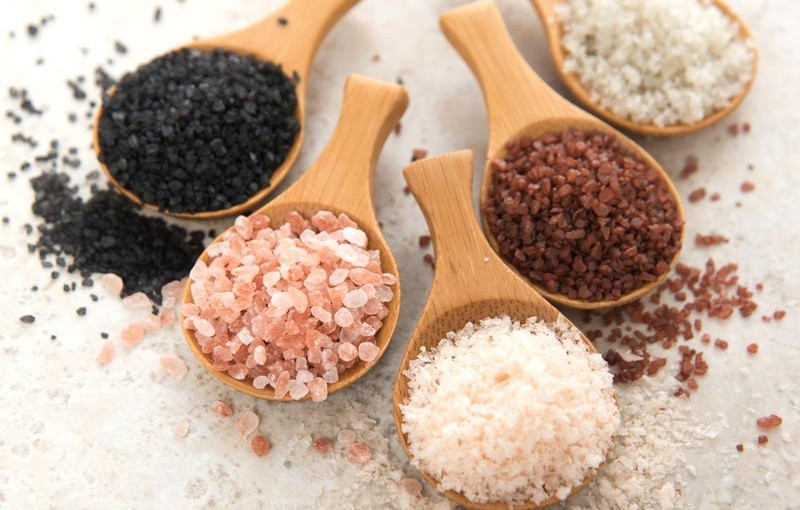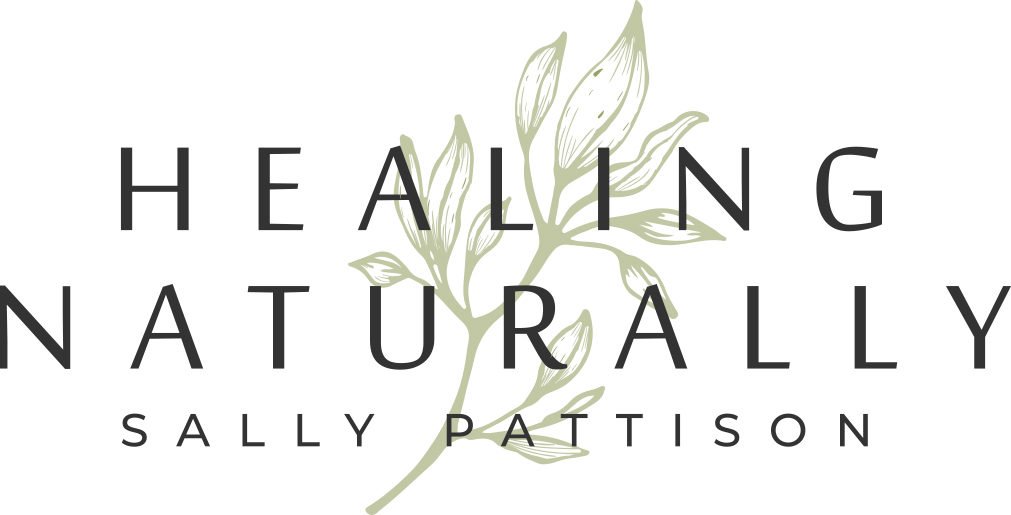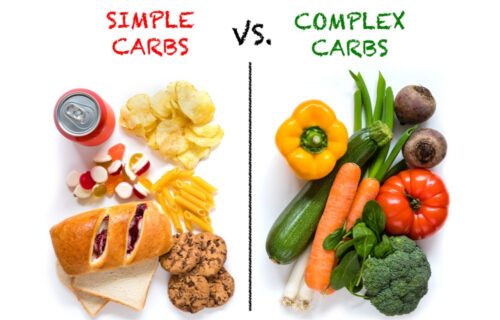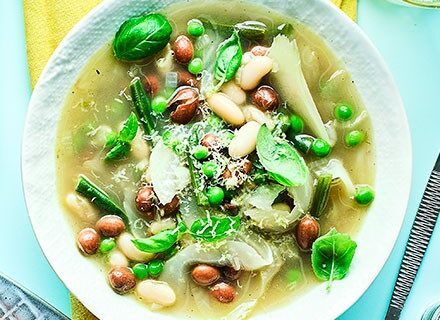
Salt
To salt or not to salt?
I am often asked about which form of salt I recommend – if at all.
It has made me realise that not everyone knows the whole story about salt.
So I thought I would try clear up some misconceptions.
STAY AWAY from plain old refined table salt.
Like a lot of foods- the pure stuff is good, the processed version isn’t.
Refined salt is one of these examples, and the cause for much concern (and the bad reputation). Our bodies actually need salt, but most research (especially what hits the media) has revolved around refined table salt – and the results have shown that that version is not good for you.
In the nutrition world, it is well-accepted that salt itself is not the problem … it’s the kind of salt that’s causing problems.
Refined table salt is pretty scary, actually. It often contains harmful anti-caking agents, some of which have been linked to heavy metal toxicity and kidney problems. A common preservative in these refined salts, sodium acetate, may cause elevated blood pressure and kidney disturbances.
But also when you consume take-aways and processed foods, they are often high in sodium. You don’t know how much of what is added – sugar, fats and salt. Thus, if you mainly cook from scratch and know your ingredients – go for it. If you mainly eat out – beware.
So what should you use instead?
The truth is that unrefined sea salt is actually good for you. It helps to balance your blood sugar, helps keep your bones strong, regulates your metabolism, boosts your immune system and more. Natural, unrefined sea salt provides a number of nutrients and minerals, in a way that the body recognizes and knows how to use. Over 80 trace minerals found in the naturally filtered salt water used to create unrefined sea salt give it its vital grayish color, and its slight moistness keeps the salt and minerals in a form that the body can use.
There are many ‘gourmet salts’ celtic sea salt, Maldon Salt, Murray River salt, salt from the Dead Sea. All are a personal choice – except from Dead Sea which should not be for consumption – but for external use. There is rock salt, salt flakes, coarse salt, pink, grey etc… the mineral difference is not enough to make a judgement.
I say it depends on the use and what it is accompanying. Rock salt for a salt grinder, pink salt is lovely in a dish to sprinkle etc… Moderation is the key, again.
Unrefined salt is readily available but please check the label, it must say “unrefined” – some sea salts are still refined.



